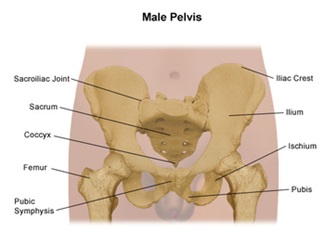Causes and Diagnoses
Causes and Diagnoses of Ankylosing Spondylitis
The cause of ankylosing spondylitis (AS) is unknown, although researchers suspect genetics play a role. A gene called HLA-B27 occurs in more than 95 percent of patients with AS. Only a very small number of people with the gene marker will develop the disease. Because of this, researchers don’t fully know if the gene increases the risk for the disease. People of all ages and both sexes can get AS, but it's most common in men ages 17 to 35.

Diagnoses
In addition to a complete medical history and physical examination, diagnostic procedures for ankylosing spondylitis may include:
- X-ray: This diagnostic test uses invisible electromagnetic energy beams to produce images of internal tissues, bones and organs.
- Erythrocyte sedimentation rate (also called ESR or sed rate): This is a measurement of how quickly red blood cells fall to the bottom of a test tube. When swelling and inflammation are present, the blood's proteins clump together and become heavier than normal. Thus, when measured, they fall and settle faster at the bottom of the test tube. Generally, the faster the blood cells fall, the more severe the inflammation. Less than 70 percent of persons with AS have an elevated ESR.
- Genetic testing: Genetic testing is performed to determine if a person carries the gene HLA-B27.
